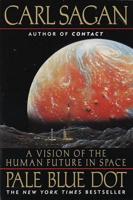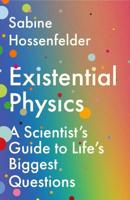Publisher's Synopsis
"A well-written text . . . should find a wide readership, especially among graduate students." — Dr. J. I. Pankove, RCA.The field of solid state theory, including crystallography, semi-conductor physics, and various applications in chemistry and electrical engineering, is highly relevant to many areas of modern science and industry. Professor Harrison's well-known text offers an excellent one-year graduate course in this active and important area of research. While presenting a broad overview of the fundamental concepts and methods of solid state physics, including the basic quantum theory of solids, it surpasses more theoretical treatments in its practical coverage of physical applications. This feature makes the book especially useful to specialists in other fields who many encounter solid state problems in their own work. At least one year of quantum mechanics is required; however, the author introduces more advanced methods as needed.Because virtually all of the properties of solids are determined by the valence electrons, the author devotes the first third of the book to electron states, including solid types and symmetry, band structure, electron dynamics, the self-consistent-field approximation, energy-band calculations, semi-conductor and semi-metal bands, impurity states, the electronic structure of liquids, and other topics. Dr. Harrison then turns to a more systematic treatment of the electronic properties of solids, focusing on thermodynamic properties, transport properties (including the Boltzmann equation), semi-conductor systems, screening, optical properties, the Landau theory of Fermi liquids, and amorphous semi-conductors. In the final two chapters, Professor Harrison offers a cogent treatment of lattice vibrations and atomic properties and cooperative phenomena (magnetism and superconductivity). In addition to traditional background information, the book features penetrating discussions of such currently active problems as the Mott transition, the electronic structure of disordered systems, tunneling the Kondo effect, and fluctuation near critical points. In an important sense, the entire text constitutes a major vehicle for the clarification of quantum mechanics, resulting from, among other factors, a comparison of the semi-classical (Boltzmann equation) treatment of screening and the corresponding quantum (Liouville equation) treatment.









